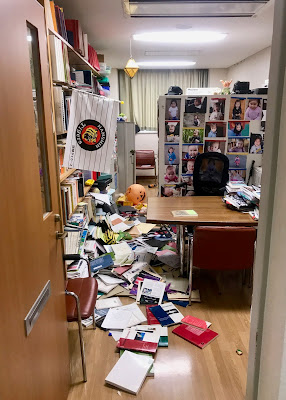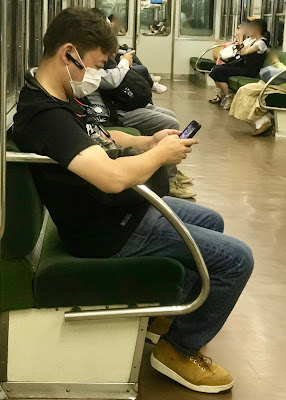If you happen to be in Tokyo this weekend please check out my presentation and other fine papers at the Society for East Asian Anthropology Regional Conference at Waseda University.
Tachinomiya: Photo Exhibition as Post-Fieldwork Encounter
Thesis: The “Tachinomiya: There are Two Sides to Every Noren” research project is a visual ethnography based upon one year of fieldwork at a local drinking establishment in Japan examining photography in public, privacy issues and image rights. The intended final product was a photo exhibition with prints illustrating the atmosphere of the shop along with portraits of the owner, employees and regular customers. But rather than a final product I found the exhibition and interactions with the gallery audience to be a source of important data about the photographs, the subjects and spectators. Viewers were doing more than merely looking at my photographs, they were analyzing, scrutinizing, reacting and providing various interpretations and valuable feedback, shedding light in terms of heuristic processes, meaning-creation, evocation and multivocality. In this presentation I will discuss the "post-fieldwork encounters" of the photo exhibition as a research method and a collaborative media event along the lines of the relatively new multimodal perspective in visual anthropology.
Session Information:
Saturday, August 3 from 14:00-15:45
Room 710, Building 19
Graduate School of Asian-Pacific Studies
Waseda University
Tokyo, Japan
Preliminary Full Schedule: http://seaa.americananthro.org/2019/06/seaa-draft-program-regional-conference-august/
Click below for more about the project:
Photo Exhibition and Visual Ethnography - "Tachinomiya: There Are Two Sides to Every Noren"






































